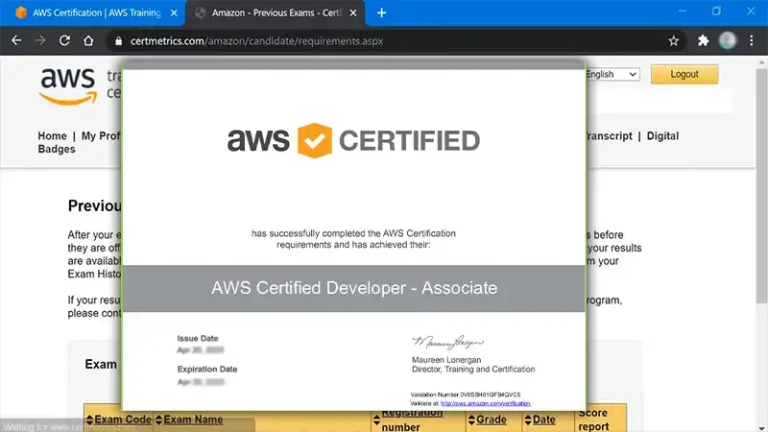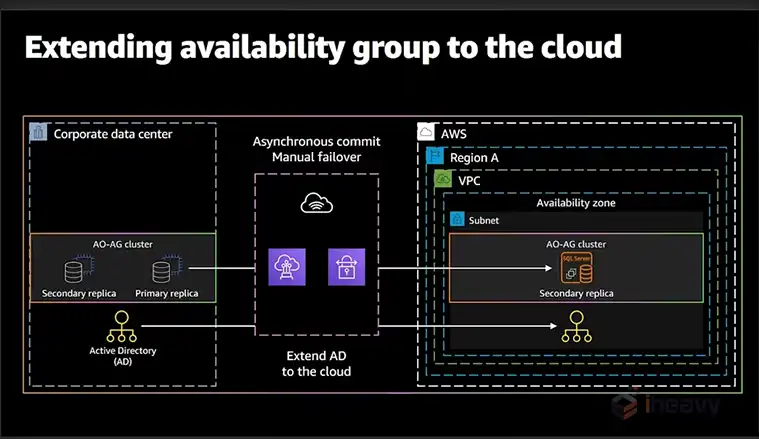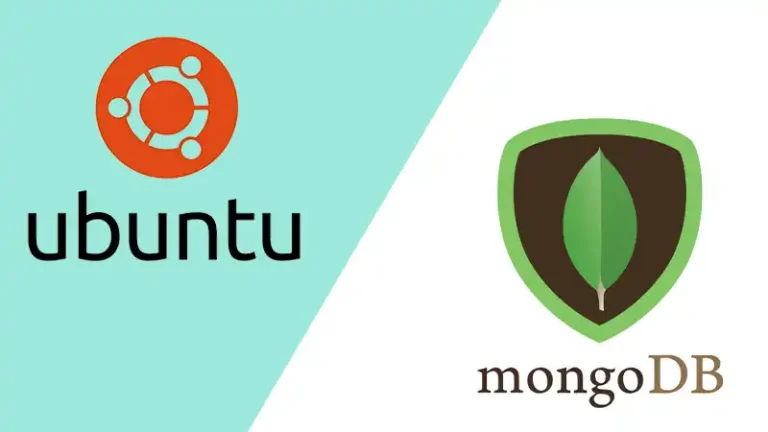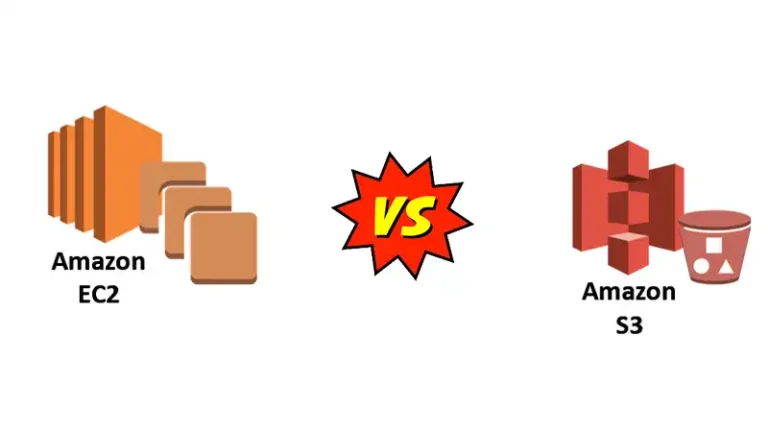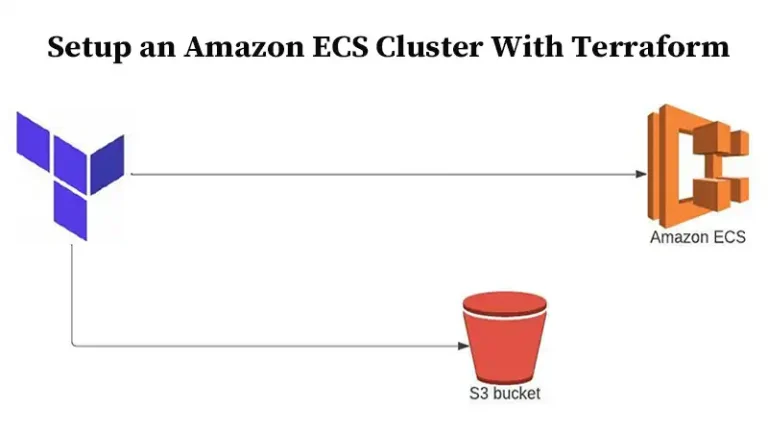Building AWS VPC Using Terraform | A Step-by-Step Guide
Amazon Web Services (AWS) Virtual Private Cloud (VPC) allows you to provision a logically isolated section of the AWS Cloud where you can launch AWS resources in a virtual network. Terraform, a popular Infrastructure as Code (IaC) tool, enables you to define and provision infrastructure resources such as AWS VPC in a declarative manner.
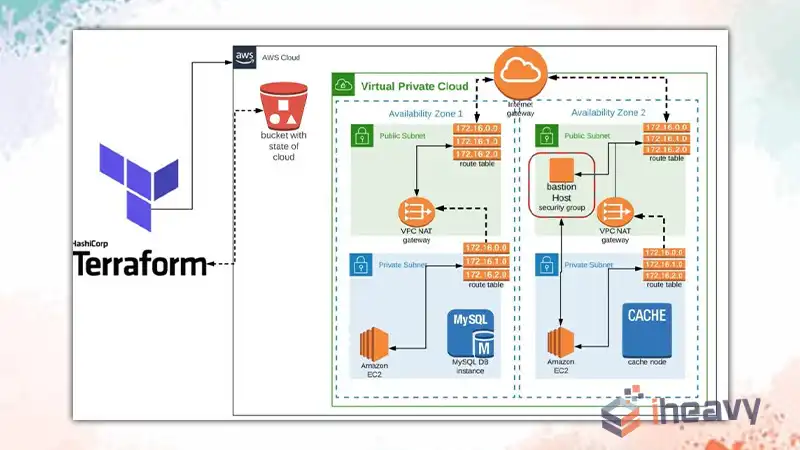
Setting Up Your Terraform Environment
Before you begin, ensure that you have Terraform installed on your local machine. You can download Terraform from the official website and follow the installation instructions for your operating system.
Once Terraform is installed, create a new directory for your Terraform configuration files and navigate into it using your terminal or command prompt.
Writing Terraform Configuration Files
Create a new Terraform configuration file with a .tf extension, such as vpc.tf, and open it in a text editor. Define your AWS VPC configuration using Terraform’s declarative language. Below is a basic example of a Terraform configuration for creating a simple AWS VPC:
Terraform
provider "aws" {
region = "us-east-1"
}
resource "aws_vpc" "my_vpc" {
cidr_block = "10.0.0.0/16"
enable_dns_hostnames = true
}In this configuration, we specify the AWS provider and region, and then define an AWS VPC resource with a specified CIDR block and DNS hostname configuration.
Initializing and Applying Terraform Configuration
After writing your Terraform configuration file, initialize the Terraform environment by running the following command in your terminal:
csharp
terraform init
This command initializes the directory and downloads any necessary plugins. Next, apply your Terraform configuration to create the AWS VPC by running
terraform apply
Terraform will display a plan of the actions it will take based on your configuration. Review the plan, and if everything looks correct, type yes to apply the changes.
Verifying Your AWS VPC
Once Terraform has applied the configuration, you can verify that the AWS VPC has been created by logging in to the AWS Management Console, navigating to the VPC dashboard, and confirming the presence of the newly created VPC.
Frequently Asked Questions (FAQ)
Can I customize my AWS VPC configuration further using Terraform?
Yes, Terraform allows you to customize various aspects of your AWS VPC configuration, including subnet creation, route tables, security groups, and internet gateway attachment. You can refer to the Terraform documentation for a comprehensive list of available resources and configuration options.
How can I manage multiple environments (e.g., development, staging, production) with Terraform?
Terraform supports environment-specific configuration files and variable overrides, allowing you to manage infrastructure for different environments using the same Terraform codebase. You can use Terraform workspaces or separate directories for each environment to maintain isolation and consistency.
Is it possible to destroy the AWS VPC created with Terraform?
Yes, you can destroy the AWS VPC and associated resources provisioned with Terraform by running the terraform destroy command. Be cautious when executing this command, as it will permanently delete the resources and cannot be undone.
Conclusion
Building an AWS VPC using Terraform provides a reliable and repeatable approach to provisioning cloud infrastructure. By following the steps outlined in this guide and leveraging Terraform’s declarative syntax and automation capabilities, you can create and manage AWS VPCs efficiently and consistently across your projects.

